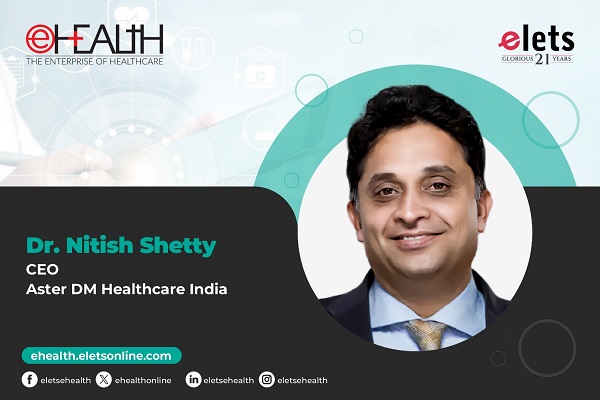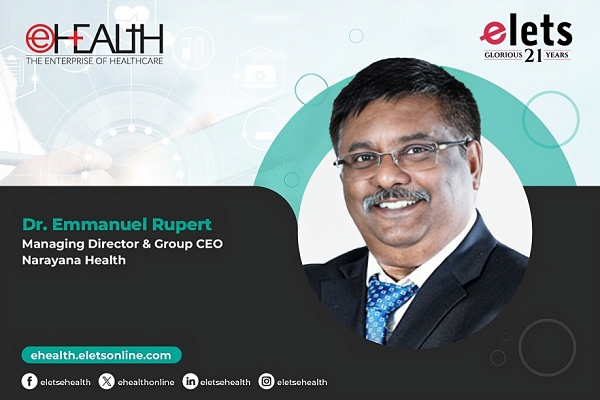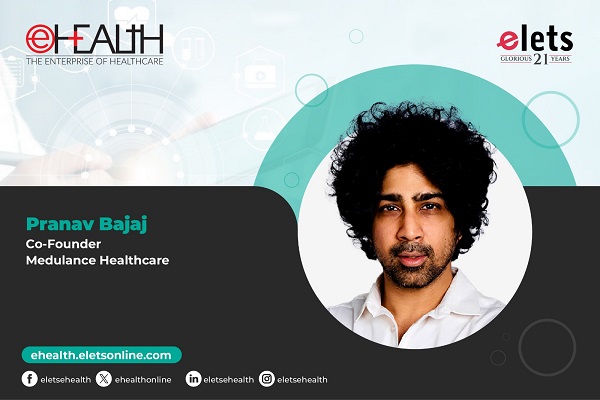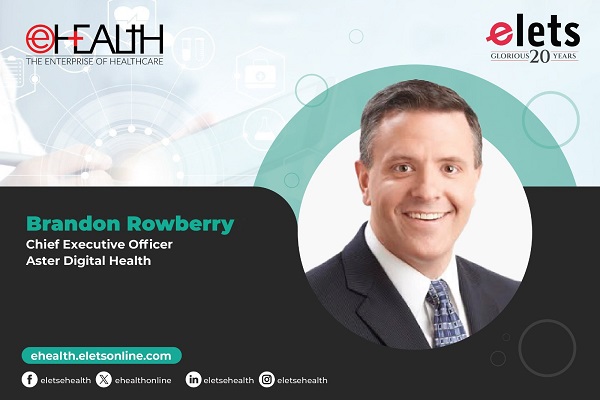It took India over 50 years to invest in a public health initiative like NRHM
As the Additional Secretary with Health & Family Welfare, Government of India, Keshav Desiraju plays a pivotal role in transforming the public health sector in India. He shared his views on the key challenges that hamper the growth of the Indian healthcare industry and the government’s role in overcoming these challenges in a candid interview with eHEALTH in the sidelines of the Healthcare Leaders’ Forum
The public health system in India is at the brink of a complete transformation with health becoming a priority for the government. What are your views on this?
Public health has to be a public responsibility and there is no getting away from this fact. There is a vast network of public health facilities currently in our country. As Government representatives in health, our task really is to assure delivering quality health services to every Indian.

While we talk of the public health sector, we cannot ignore the various public health issues which need immediate attention. On the one hand we have IT-driven surgeries and world-class standards in some of our hospitals, and on the other we have unacceptably high rates of maternal and infant mortality. This trend has now existed for a long time. We have concentrated all our energy and resources including human and financial on the high-end areas, leaving the low-end unattended.
The Government did a tremendous task by setting up the National Rural Health Mission (NRHM) in 2005. This was the first time since independence that such a huge public investment of this order in the health sector happened. It took us over 50 years to put that kind of investment and the results are already visible. But again maternal and infant mortality are realities. We have malaria returning to those areas where it was believed to have disappeared from. So I believe that although a lot has already been done, we still have a huge task at hand.
India still has a huge infectious disease burden. How can this problem be resolved?

Infectious disease eradication traditionally was the heart of India’s health policy, but there are still people dying with infectious diseases. Also, there is a whole range of life style diseases such as cardiovascular diseases and diabetes affecting a large number of people. A WHO survey suggested that almost 13 percent of the Indian population suffers with some kind of mental illness; this is a colossal number. These are huge issues affecting the health of the general population. While we have state-of-art technology, IT enabled systems, etc., we need to do a lot more in getting these to work within the public sector to make a change in the health status of the country.
The Government did a tremendous task by setting up the NRHM in 2005. This was the first time since independence that such a huge public investment of this order in the health sector happened. It took us over 50 years to put that kind of investment and the results are already visible
What, according to you, is the biggest challenge India faces today in healthcare?
India is currently facing a huge challenge of lack of human resources in health—whether of basic physicians, specialists, super specialists, nurses or paramedics. There are problems of quality, numbers and willingness to work. This implies that we are trying to bring technology to upgrade what is basically a very flimsy system. If you have a strong system manned with high quality people, it is much easier to raise the standard of the entire institution.
In the public sector, there are some examples of good functioning systems with well motivated people high-end technology, and high investments but unfortunately the average institution is not like that. Government hospitals, primary health centres, community health centres generally have very poor standards in terms of human resources.
How can this issue of manpower be resolved?
There are more than 316 medical colleges in the country, out of which more than 50 percent are in the private sector. Even out of these 316 medical colleges, very few are producing MBBS doctors of good standards. If we see, 316 is a pathetic number for a country like India, but still if the standards were good this would not have been a problem. Most of these colleges are not churning out good doctors. Trying to work on this issue to upgrade the qualification and standard of the institution is very difficult; however it is not impossible. So we still have hope.
How do the government hospitals fair, when it comes to offering care to the masses?
If you go to hospitals like Ram Manohar Lohia, Safdarjung Hospital, AIIMS and Maulana Azad Medical College and see the condition in which our government doctors work with the amount of patient load they have, you would realise the tremendous work they are doing. It is a miracle that these doctors are still being able to carry on the good work. This means there is enormous experience and motivation in these doctors that makes them work well in such conditions. We know what needs to be done; what the modern world requires, but we also know what the situations are.
This is the task that we have. It does me no good to know that there is an outstanding private hospital offering quality treatment in Delhi, but is overbooked. The word quality treatment does not mean anything if at the same time, I know there are hospitals in our country where three pregnant women have to share the same bed.
Be a part of Elets Collaborative Initiatives. Join Us for Upcoming Events and explore business opportunities. Like us on Facebook , connect with us on LinkedIn and follow us on Twitter , Instagram.












